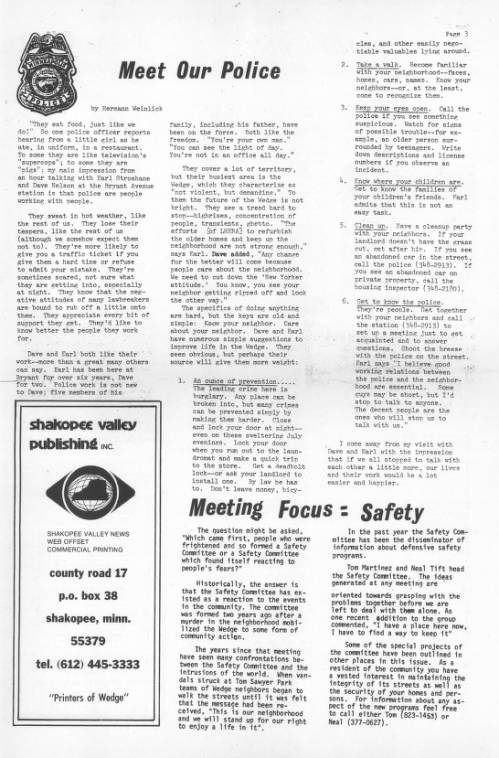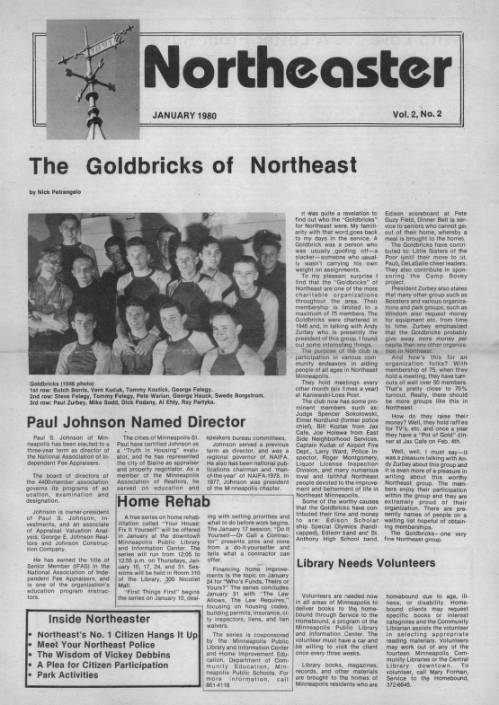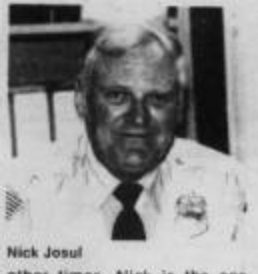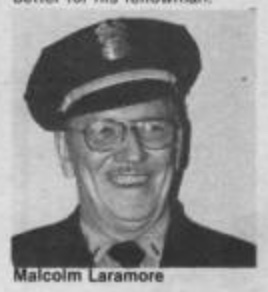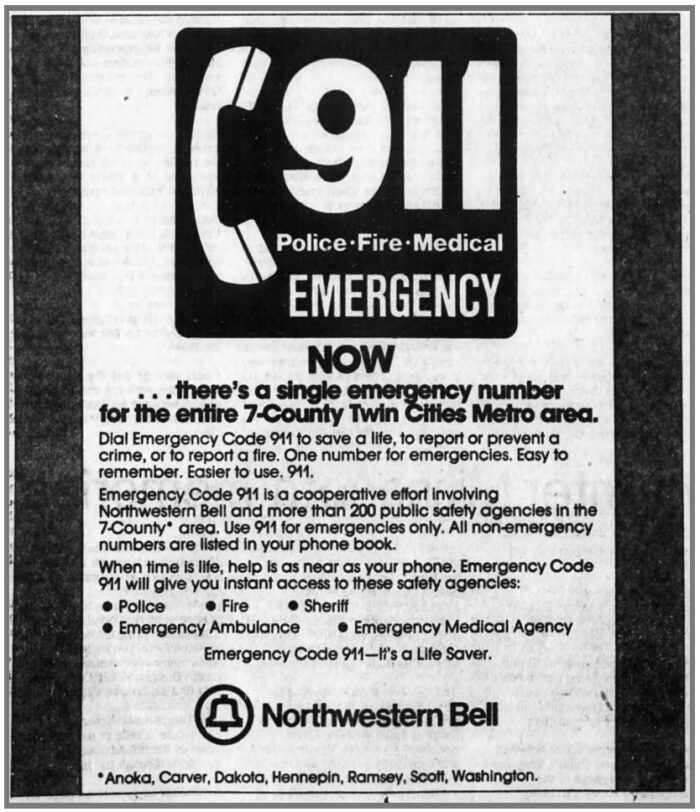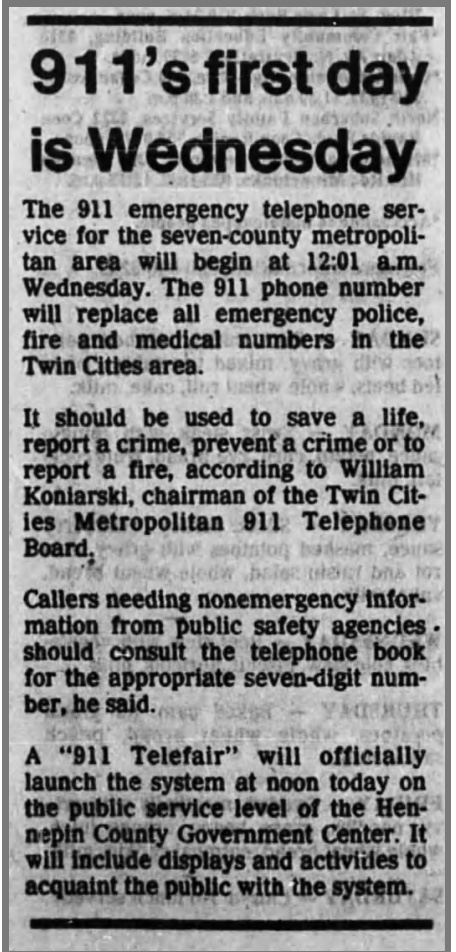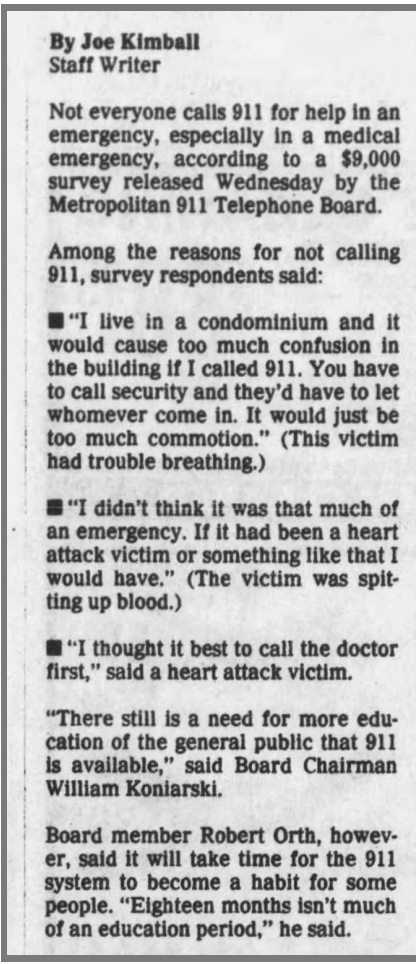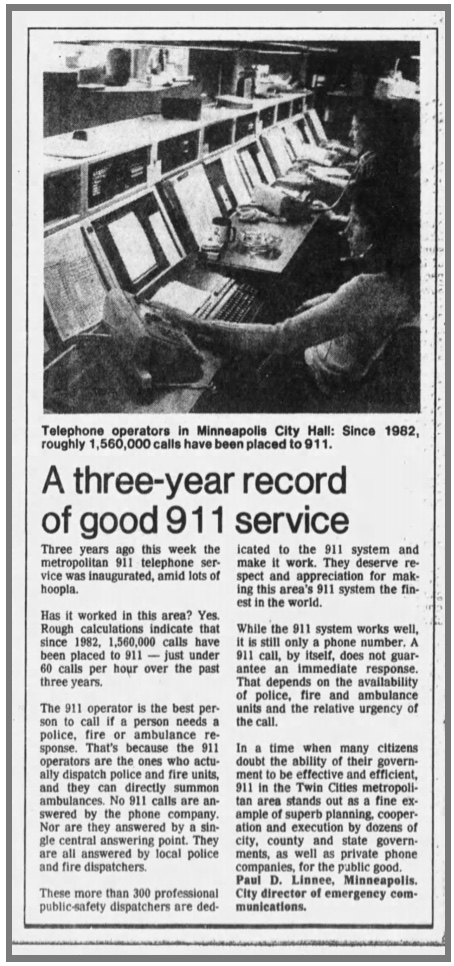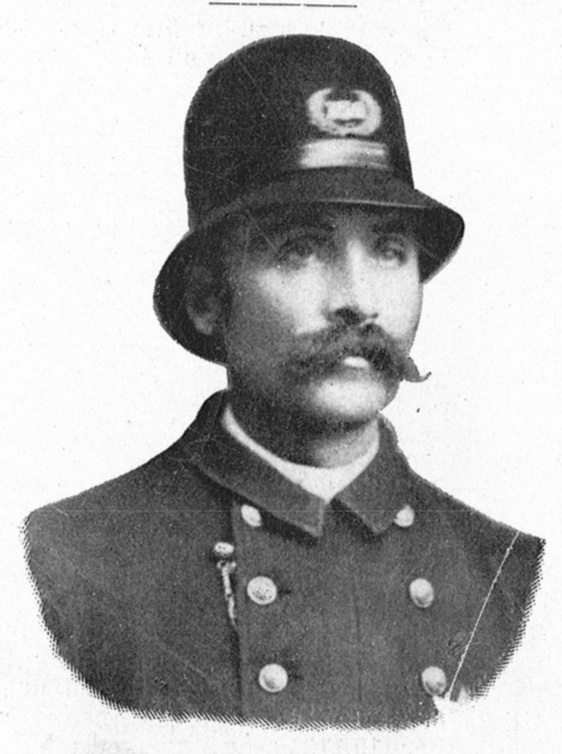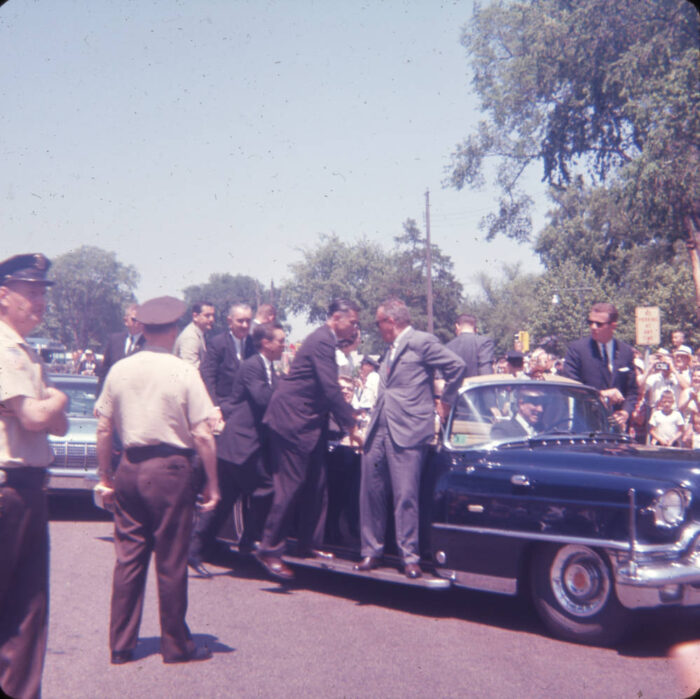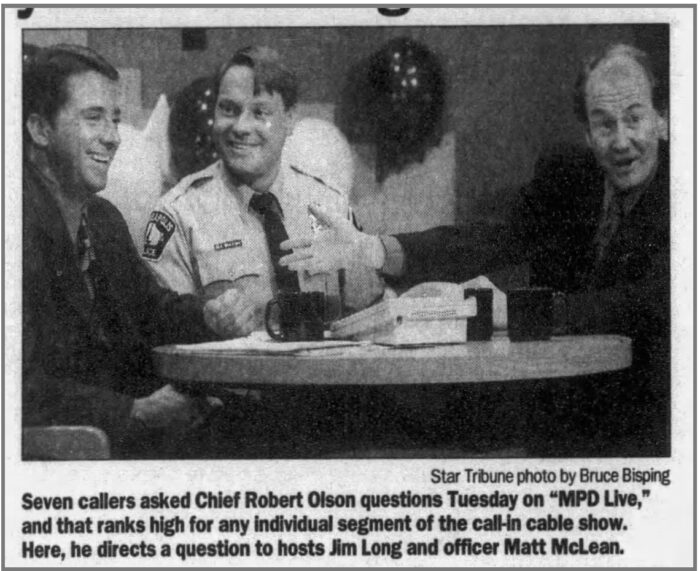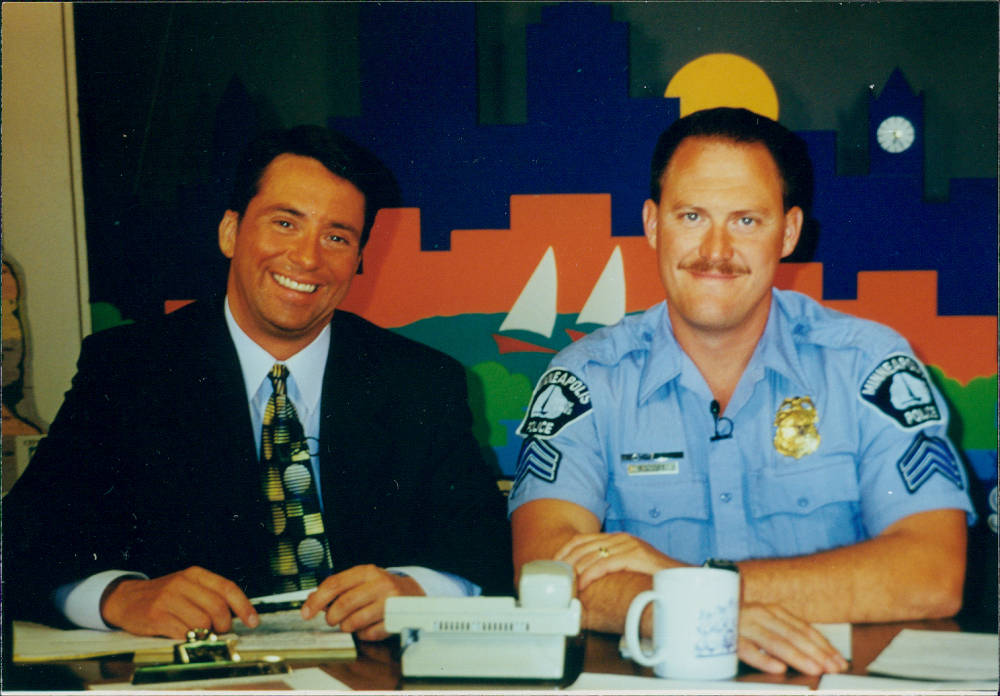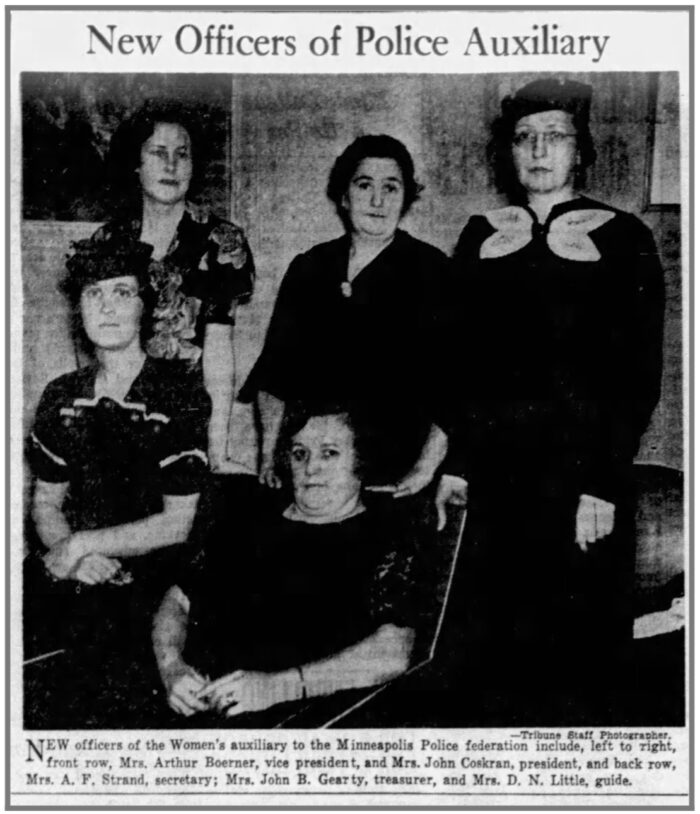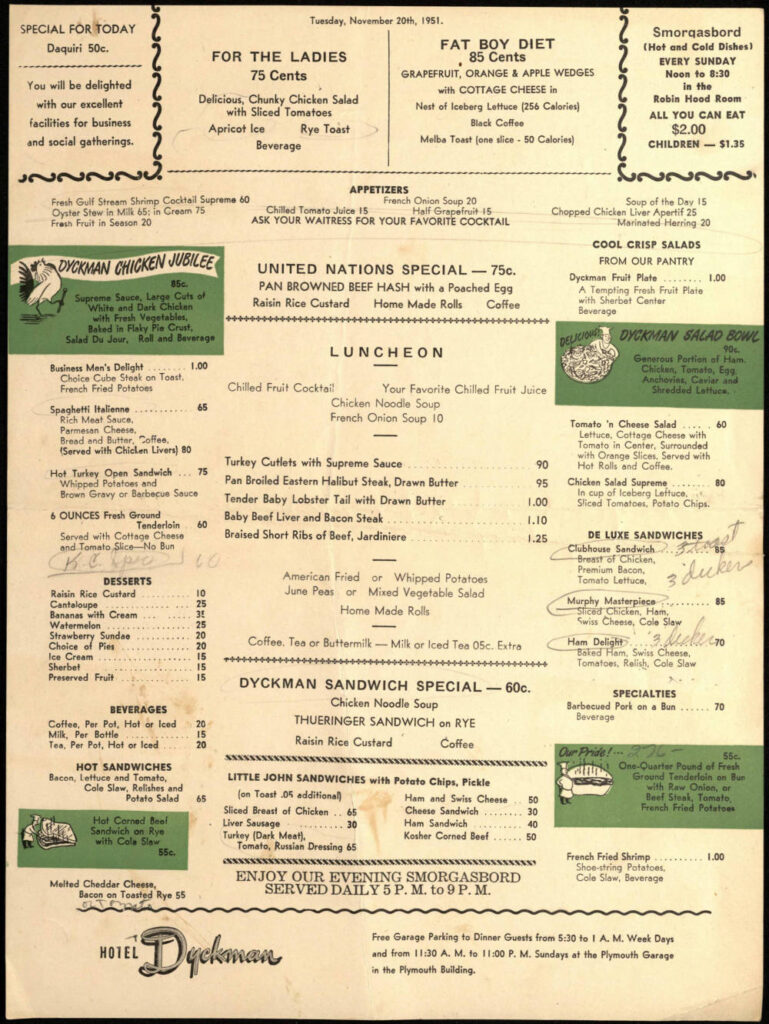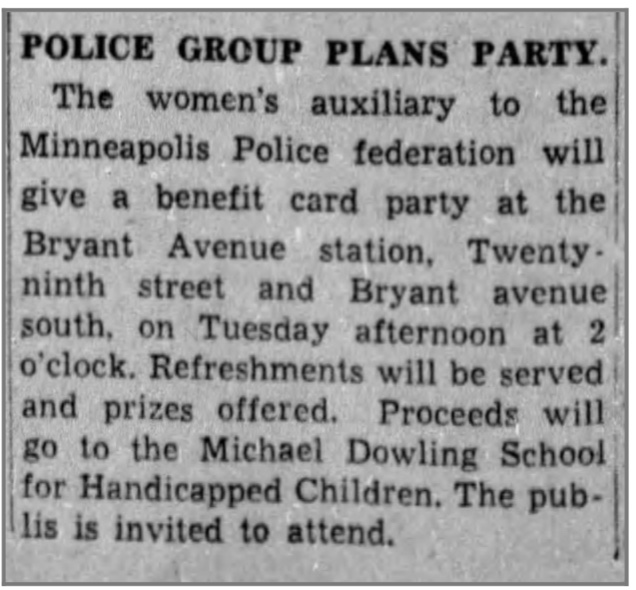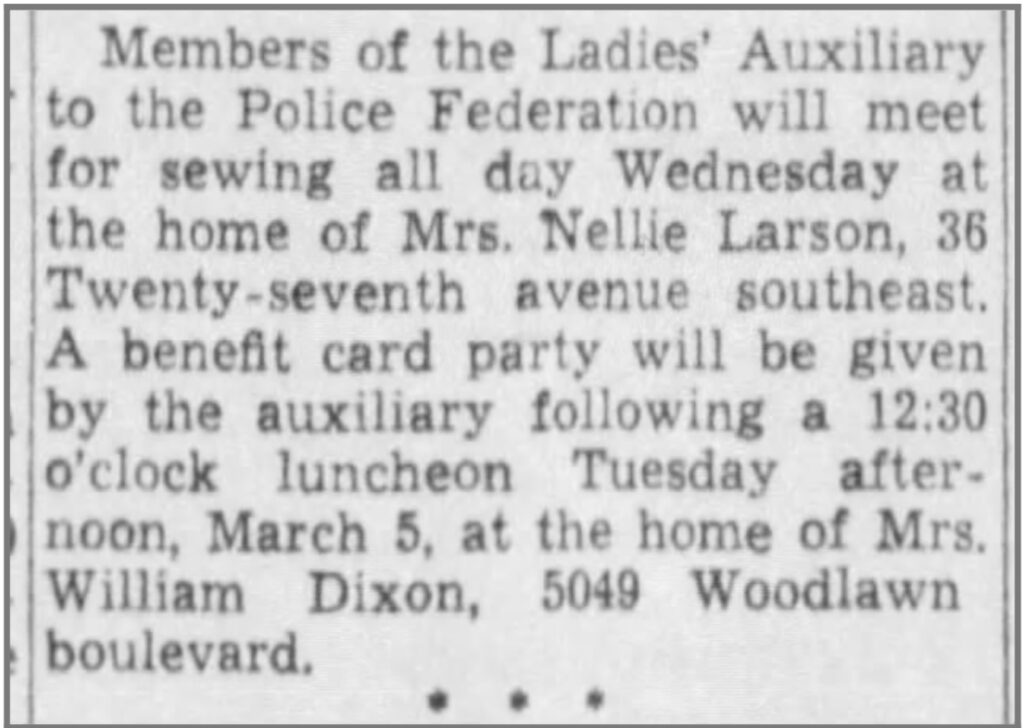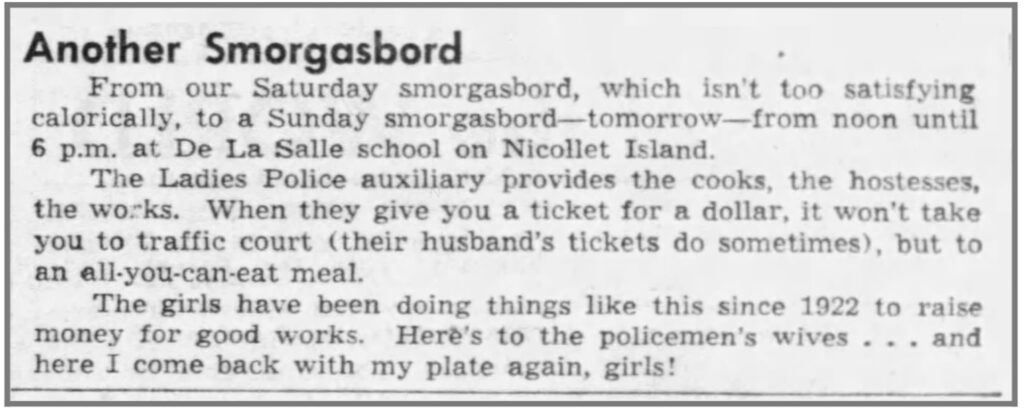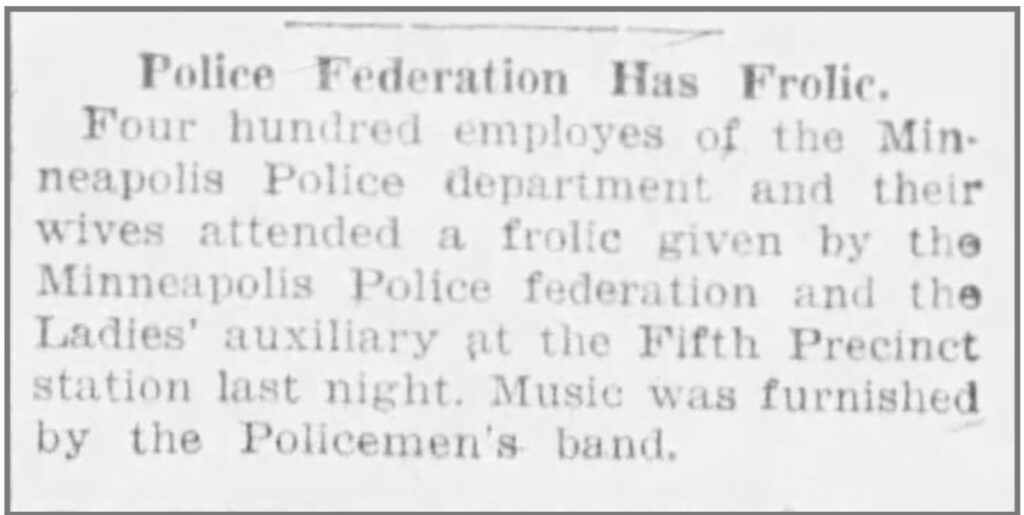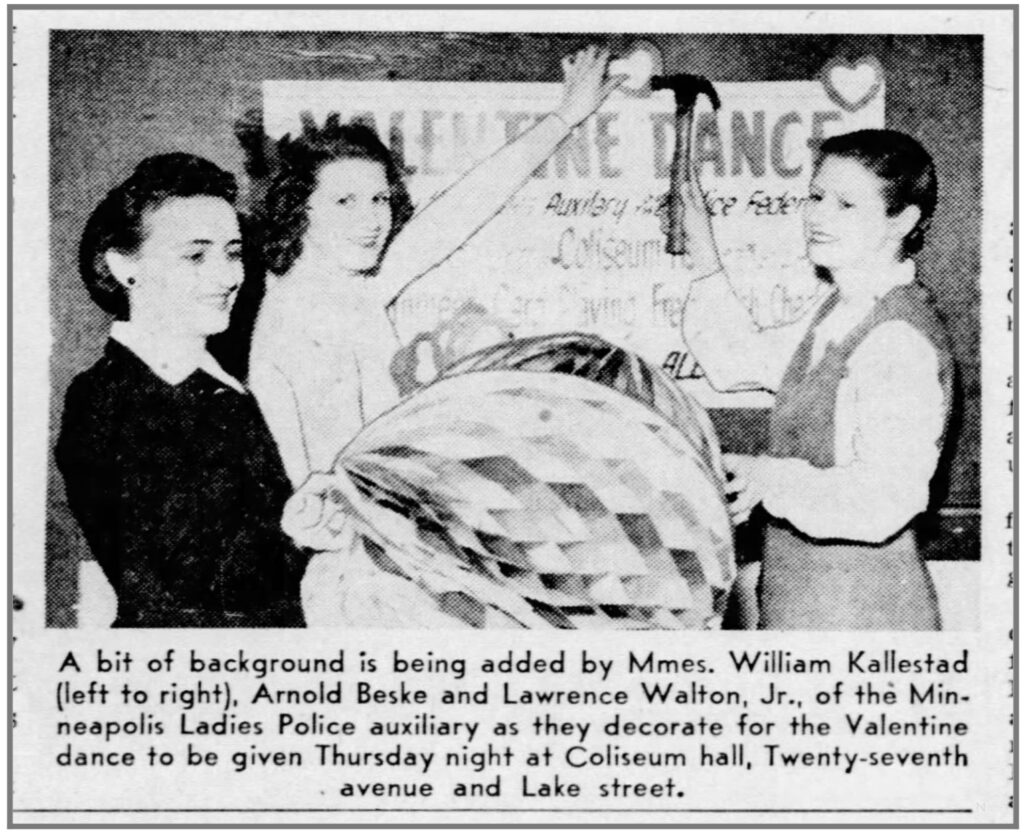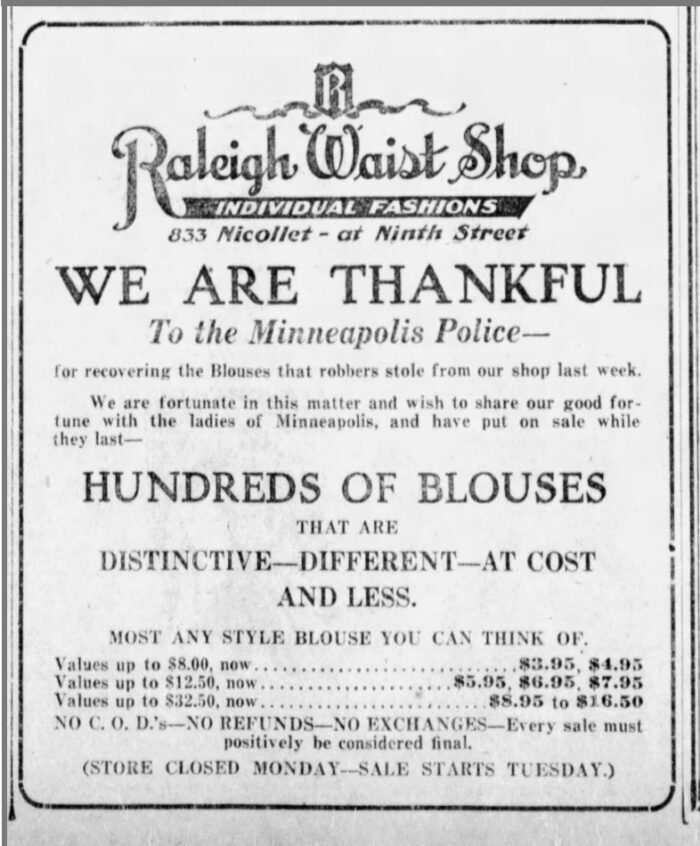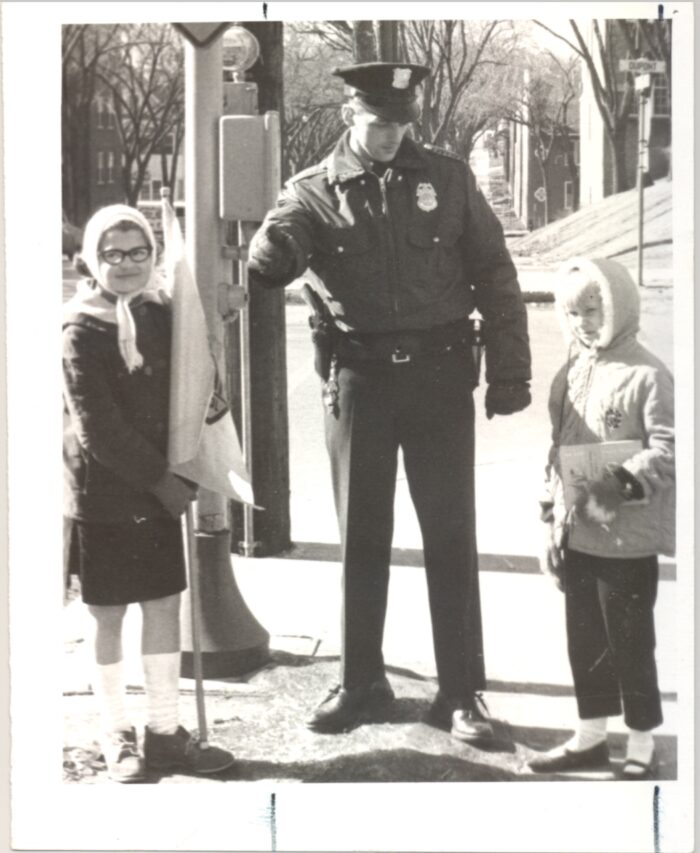In 1975, The Wedge – the newspaper of the Lowry Hill East Neighborhood Association (LHENA) – published a regular column called “Meet Our Police.”
Hermann Weinlick was the columnist. In the July issue he met with Officer Dave Nelson and Officer Earl Stroshane at the Bryant Avenue Station.
Here are some of the highlights from Mr. Weinlick’s article:
“My main impression from an hour talking with Earl Stroshane and Dave Nelson at the Bryant Avenue Station is that police are people working with people. They appreciate every bit of support they get. They’d like to know better the people they work for.
Dave and Earl both like their work—more than a great many others can say. Earl has been here at Bryant for over six years, Dave for two. Police work is not new to Dave; five members of his family, including his father, have been on the force. Both like the freedom. In the words of Dave, “You’re your own man.” “You can see the light of day. You’re not in an office all day.”
Dave says, ”Any change for the better will come because people care about the neighborhood. We need to cut down the ‘New Yorker attitude.’ You know, you see your neighbor getting ripped off and look the other way.”
The specifics of doing anything are hard, but the keys are old and simple: Know your neighbor. Care about your neighbor.
Dave and Earl have numerous simple suggestions to improve life in the Wedge. They seem obvious, but perhaps their source will give them more weight:
- An ounce of prevention…..The leading crime here is burglary. Any place can be broken into, but many crimes can be prevented simply by making them harder.
- Take a walk. Become familiar with your neighborhood—faces, homes, cars, names. Know your neighbors—or, at the least, come to recognize them.
- Keep your eyes open. Call the police if you see something suspicious.
- Know where your children are.
- Clean up. Have a cleanup party with your neighbors.
- Get to know the police. They’re people. Get together with your neighbors and call the station to set up a meeting just to get acquainted and to answer questions. Shoot the breeze with the police on the street. Earl says “I believe good working relations between the police and the neighborhood are essential”. “
From The Wedge of July of 1975 courtesy of Hennepin County Library
